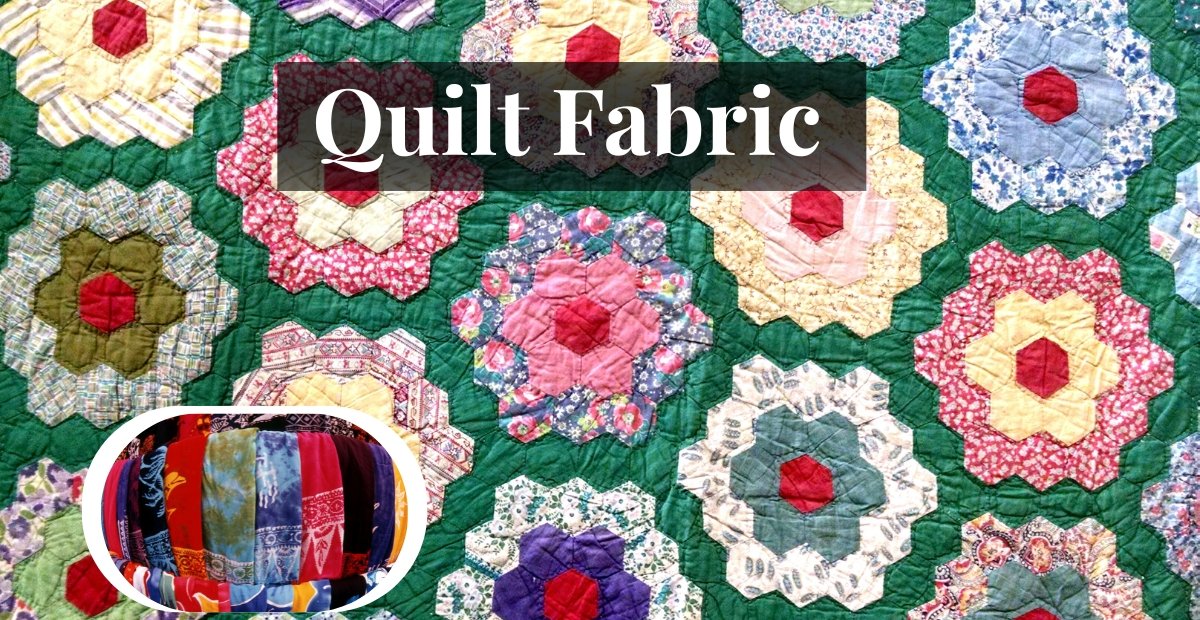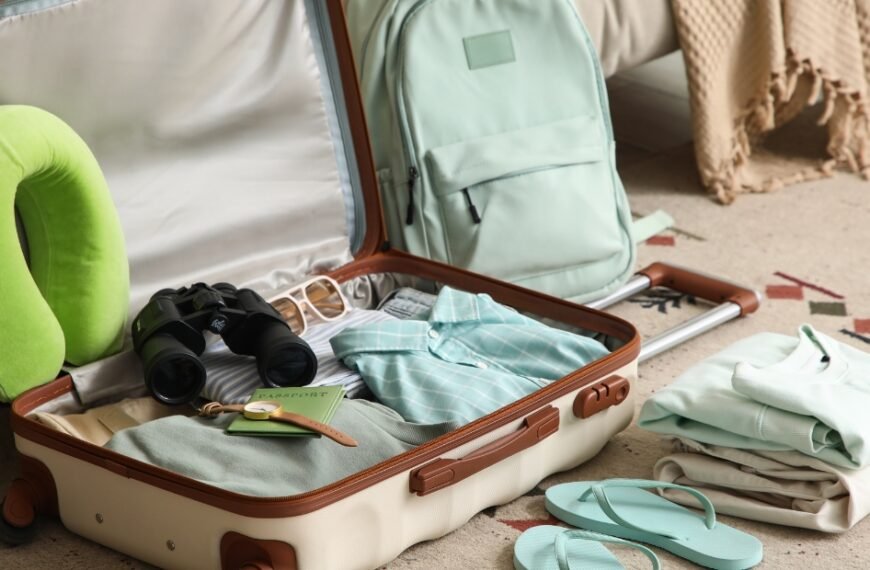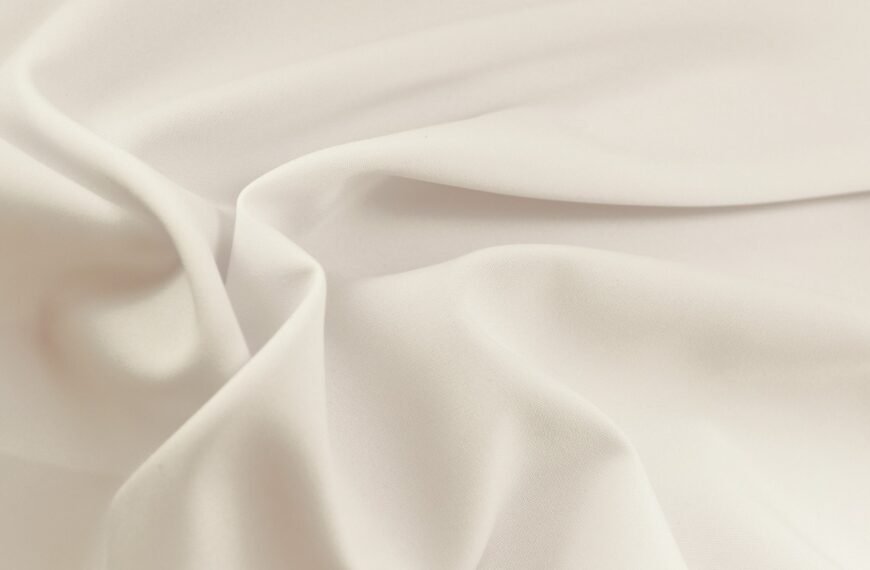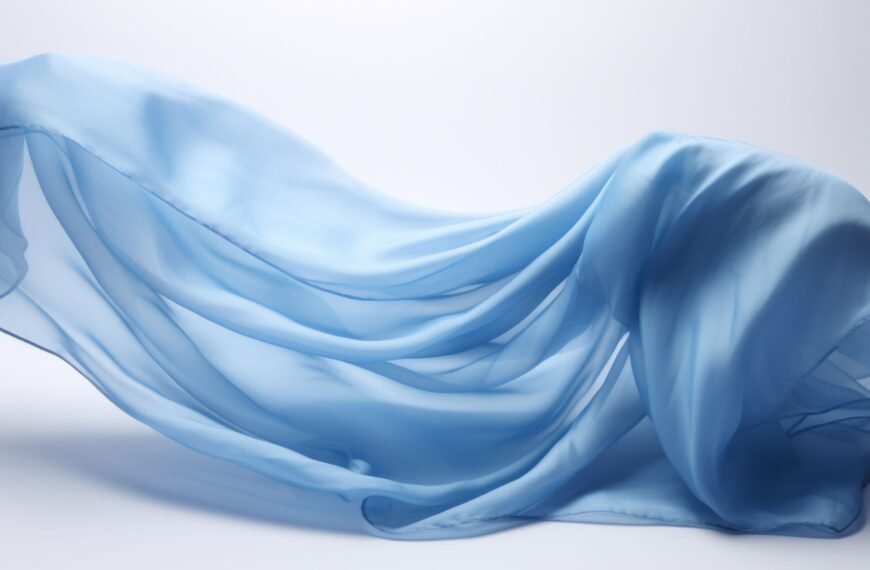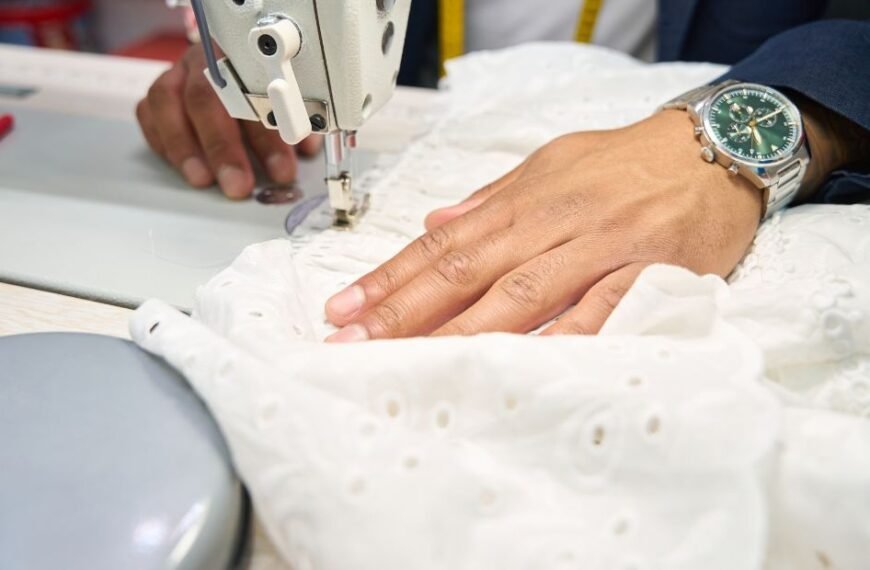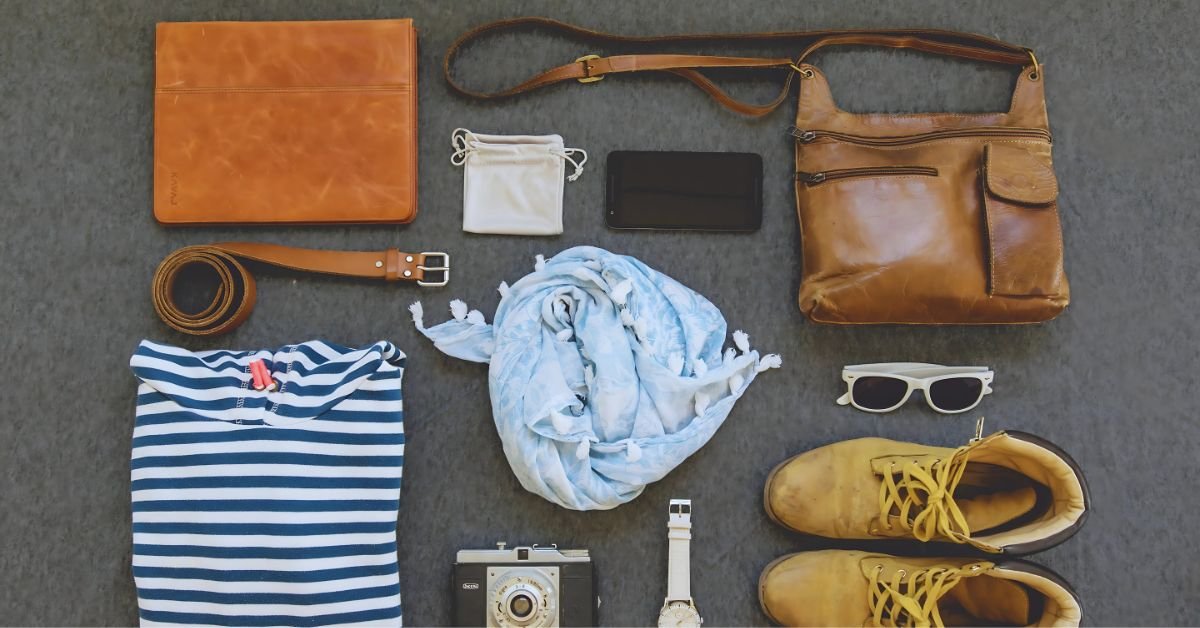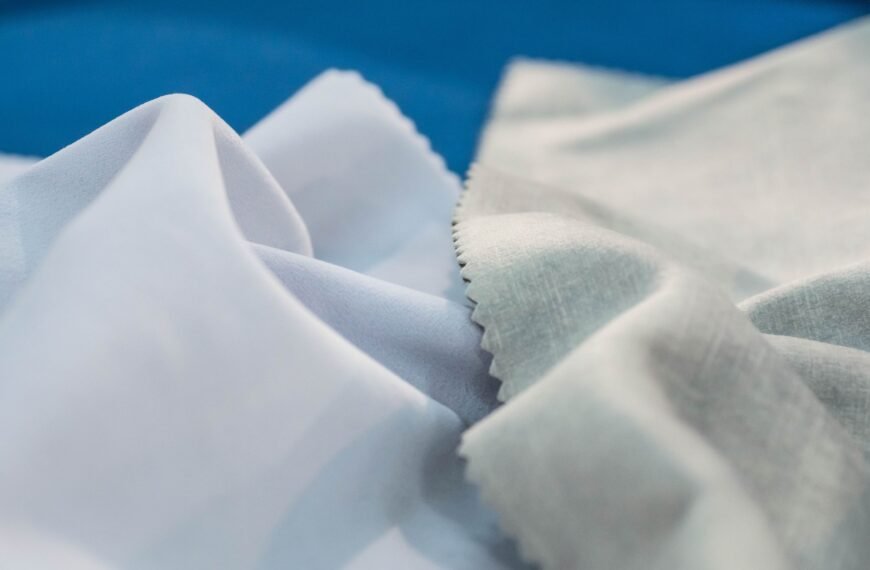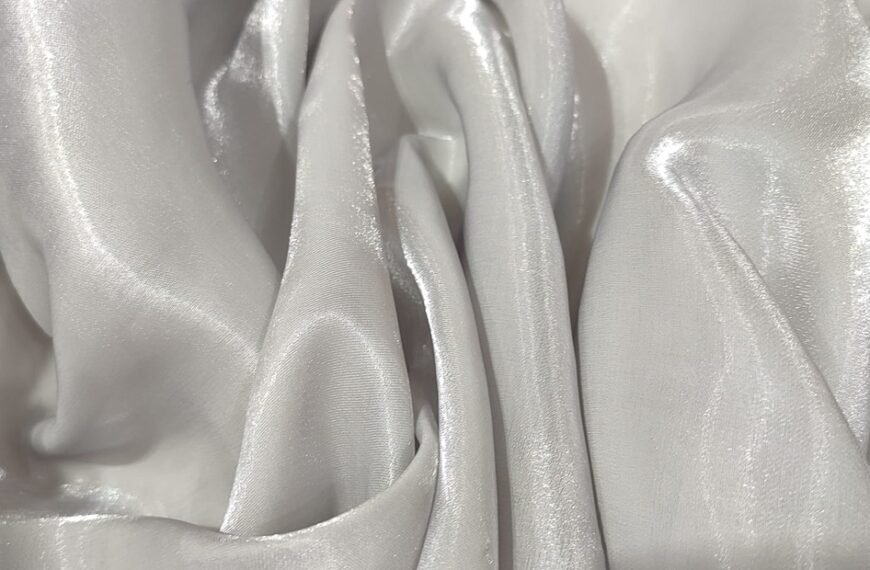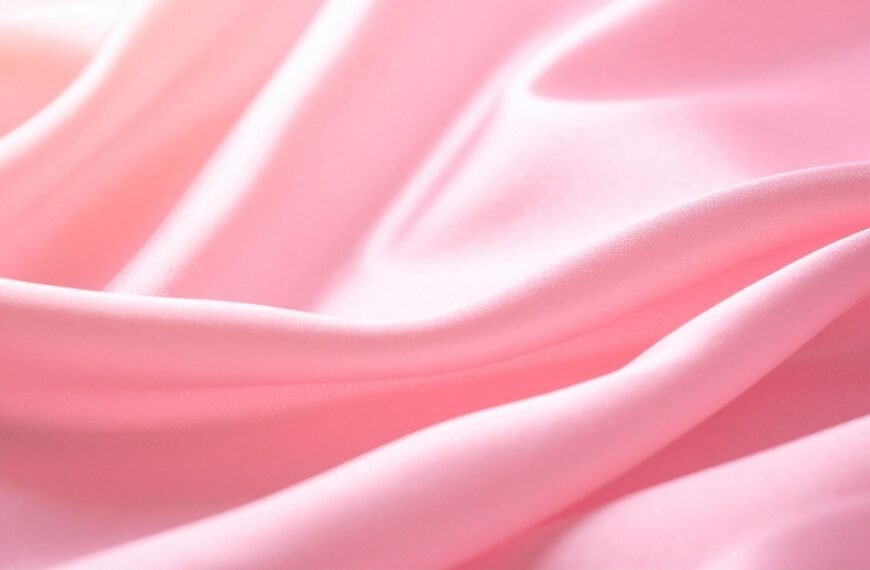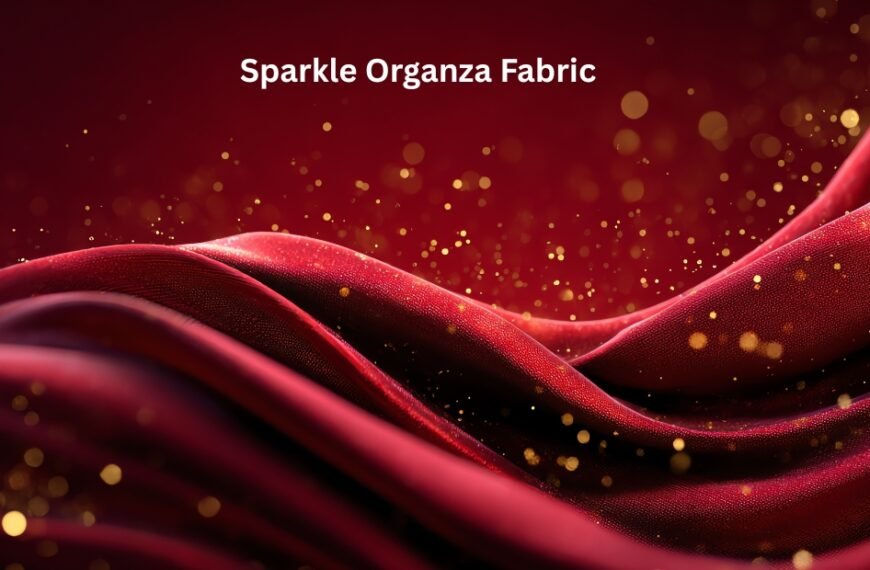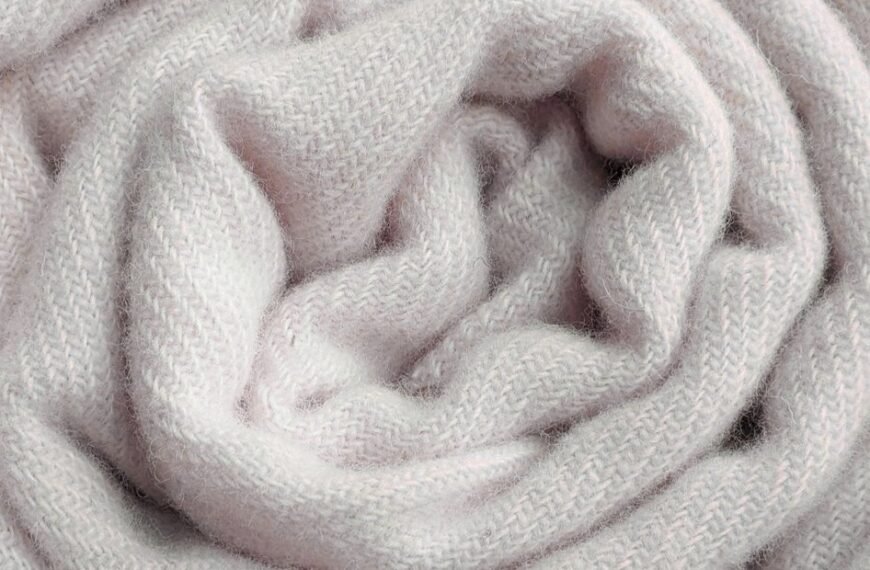Quilt fabric is a unique fusion of creativity, comfort, and craftsmanship. For decades, it has been the foundation of handmade creations… whether it’s a cozy blanket or an artistic wall hanging. Understanding is essential for all sewers, whether novice or master. This article will delve into the properties, uses, benefits, and care of and the reasons it is a staple for textile art and home decor.
History of Quilt Fabric
The history of quilts fabric spans across many cultures and traditions for many centuries. At first, the technique of quilting was simply a means of making bed coverings warm. With time, the technique became an artistic expression of one’s imagination. Every culture, whether ancient Egypt, Europe, or America had quilting traditions. At all times, quilts fabric was an expression of imagination, individuality and of enduring warmth.
Understanding Quilt Fabric
Generally, quilt fabric is comprised of three sections. the top, the batting and the backing. For the top decorative layer, it is common practice to use cotton or some form of a cotton blend. velvet wool fabric used to complete the top layer include silk, linen, wool and polyester blends.
The fabric quilted is more versatile than just a quilt. Other items include jackets, pillows and decorative accessories. quilted fabric is durable, warm and textured. It consists of a balanced weave and fine texture, making it easy to cut, sew and maintain.
Types of Quilt Fabric
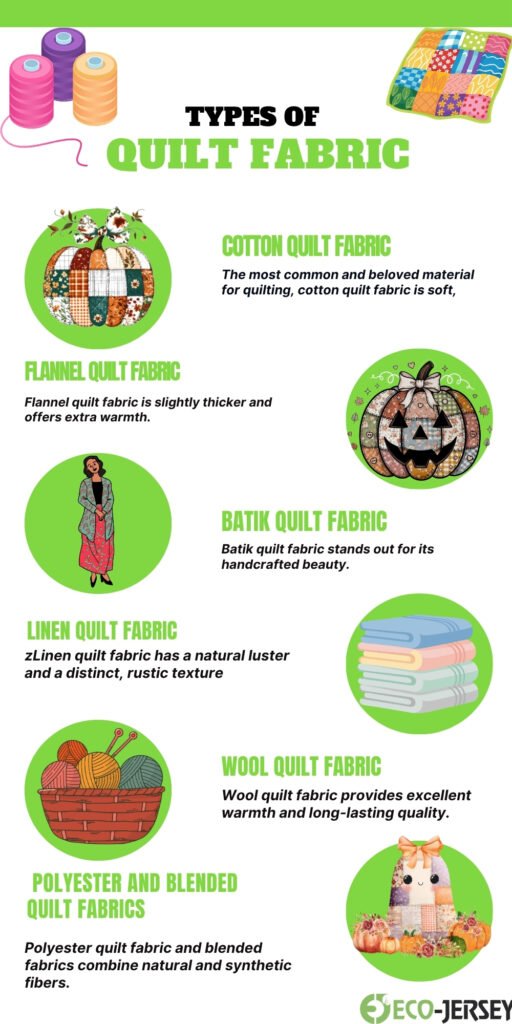
Different styles and purposes call for different quilts fabric varieties. Below are some of the more common types:
1. Cotton Quilt Fabric
As the most common fabric for quilting, cotton quilts fabric is soft and breathable, and easy to work with. Moreover, machine washable cotton hold quilt colors wonderfully. This quilts fabric is ideal for everyday quilts.
2. Flannel Quilts Fabric
Quilted flannel fabric is slightly thicker and gives added warmth. This coziness makes it ideal for winter quilts, baby blankets, and loungewear.
3. Batik Quilt Fabric
Batik fabric is a type of qult fabric dyed by hand and adding different colors to the fabric. This differing colors fabric adds depth and uniqueness to any quilt.
4. Linen Quilt Fabric
Offering a unique texture, rustic appearance, and a natural luster, linen qult fabric has its own linen value. Linen is less soft than cotton, but adds a more interesting handmade effect as it softens with age and wear.
5. Wool Quilt Fabric
Offering warmth and longevity, quilted wool is used for decorative and heirloom quilts meant to last for generations. wool is also used for heirloom quilts.
6. Polyester and Blended Quilts Fabrics
These blended quilts integrate both natural and synthetic fibers. They resist wrinkles, are quicker to dry, and are cheaper, making them excellent options for beginner quilters.
Properties of Quilts Fabrics
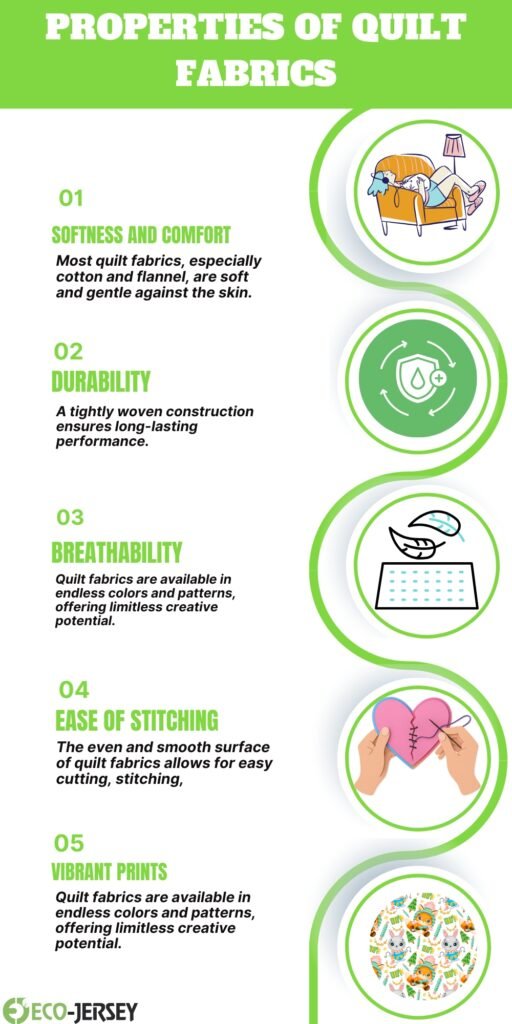
The characteristics of quilts fabric are admired and contribute to its versatility and reliability.
- Softness and Comfort: Most quilts fabrics, especially cotton and flannel, are gentle against the skin.
- Durability: The tightly woven structure ensures long-lasting use even after multiple washes.
- Breathability: Natural fibers allow air to circulate, keeping it comfortable all year round.
- Ease of Stitching: Smooth surfaces simplify cutting and sewing.
- Vibrant Prints: The endless patterns available for quilt fabrics are perfect for creative projects.
These features are the reason qult fabric is a favorite for home crafters and professional designers alike.
Uses of Quilt Fabrics
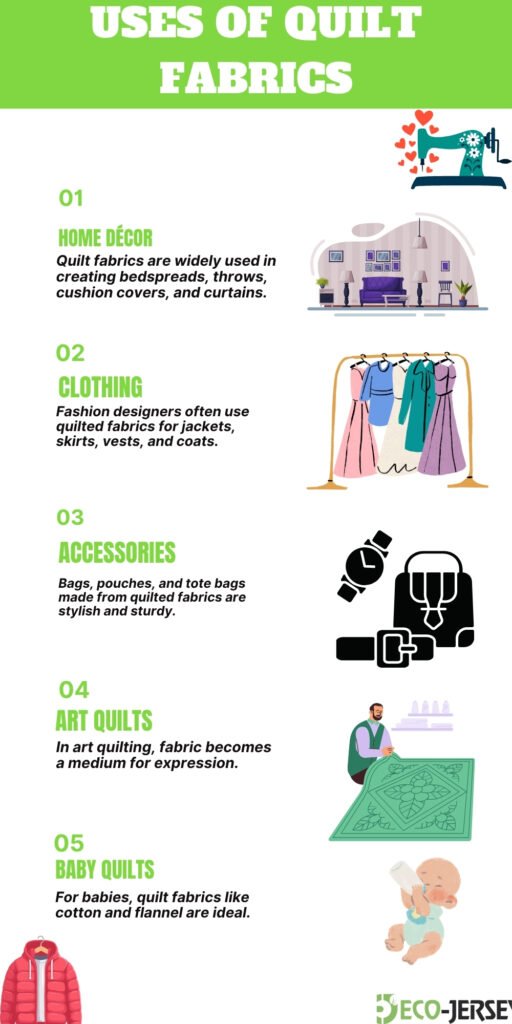
Quilts fabrics versatility enables it to excel creatively and practically.
1. Home Décor
Quilts fabrics help to create bedspreads, throws, and cushion covers, and curtains, all of which contribute to the warmth and personality of a space.
2. Clothing
Jackets, skirts, vests, and coats all incorporate quilted fabrics. The layers provide heat and create a visually stunning fabric, and give a handcrafted appearance.
3. Accessories
Bag fabric, pouches, and tote bags all look and work well with quilted fabrics, and we can use quilted fabric-totes as bags and pouches. Since quilted bags are durable, they hold their form and add a visually stunning addition.
4. Art Quilts
Quilts fabric functions in art quilting as well, which abstracts and expresses the material through stitching and design, creating beautiful pieces such as wall hangings in panels.
5. Baby Quilts
For baby quilts, we use soft, gentle, and warm flannel and cotton for the top and bottom layers to provide comfort.
Benefits of Quilts Fabric
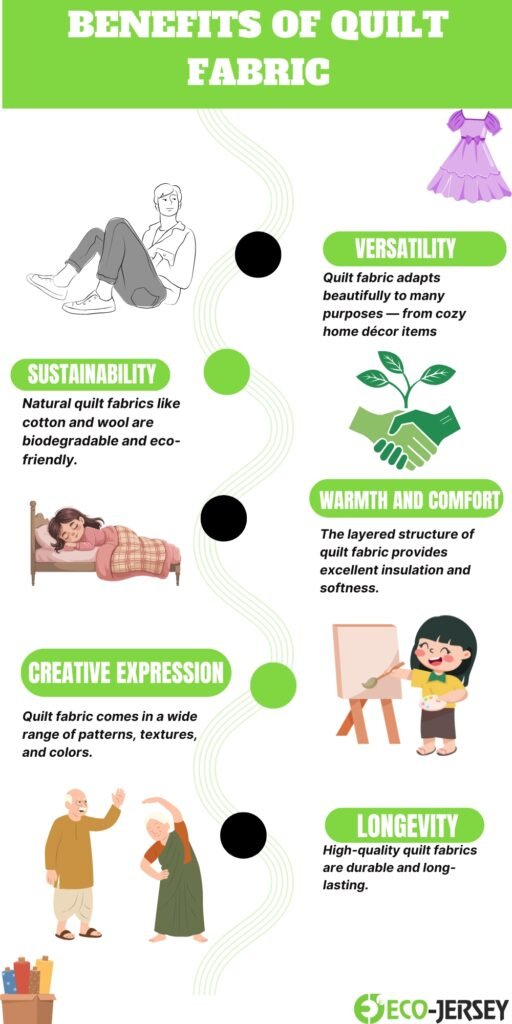
From the aesthetic standpoint, quilt fabric provides multiple benefits.
- Versatility: From the practical side of qult fabric, it works well for a variety of projects, including the decorative side.
- Sustainability: With quilts fabric, we are able to work sustainably as, cotton and wool are biodegradable and natural.
- Warmth and Comfort: The different layers create a quilt with additional insulation and softness which provide comfort for the user.
- Creative Expression: Different patterns, textures, and colors of quilts fabric can be used to create stunning and unique pieces.
- Longevity: Defective quilts fabrics can last for many years, even decades.
Qult fabric is a timeless material to work with and is great from traditional all the way to modern projects.
Caring for Quilts Fabric
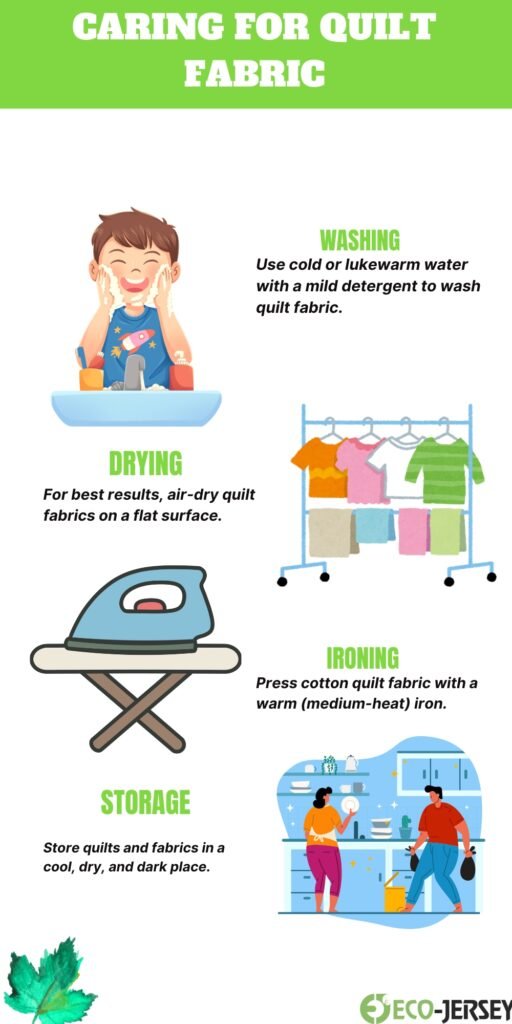
Quilts fabric needs gentle care to keep it soft and bright. Here’s how to achieve that:
- Washing: Soak quilt fabric in cold or lukewarm water with gentle soap. Pre-washing what is wool fabric before sewing is a great way to reduce fabric shrinkage.
- Drying: It is best to air dry quilts fabrics. If you tumble dry quilts fabrics, use low heat. Over drying can dry stiffen the fabric.
- Ironing: Press qult fabric, especially cotton, at medium heat to avoid scorching.
- Storage: store quilts and fabrics in dry cool places where it is dark to avoid fading from sunlight.
These practices will keep your quilt projects soft and vibrant.
Sustainability and Eco-Friendliness
Creativity in quilting can be paired with a sustainable lifestyle. Eco-friendly quilting can now include organic cotton, bamboo blends, and recycled fibers. Quilters can further reduce wool fabric waste during patchwork by reusing old fabrics.
Conclusion
Quilts fabric continues to evoke creativity, warmth, and beauty, not to mention the memories it holds in the realms of fashion and home décor. The variety of styles, colors, and textures quilt fabric covers guarantee boundless avenues for artistic manifestation. Be it a throw for a couch or a family heirloom, the quilt fabric covers a perfect trifecta of comfort, style, and strength. With the right attention, quilts fabric can stay a reliable and cherished part of your home for many years
FAQs
What is quilt fabric made of?
Qult fabric is commonly made from 100% cotton, but flannel, linen, wool, and polyester blends are also used for various projects.
Why is cotton preferred for quilting?
Cotton is soft, breathable, and easy to sew, which makes it ideal for precise stitching and long-lasting quilts.
How can I prevent quilt fabric from shrinking?
Pre-wash the fabric before sewing to remove excess dye and prevent shrinkage after the quilt is completed.
